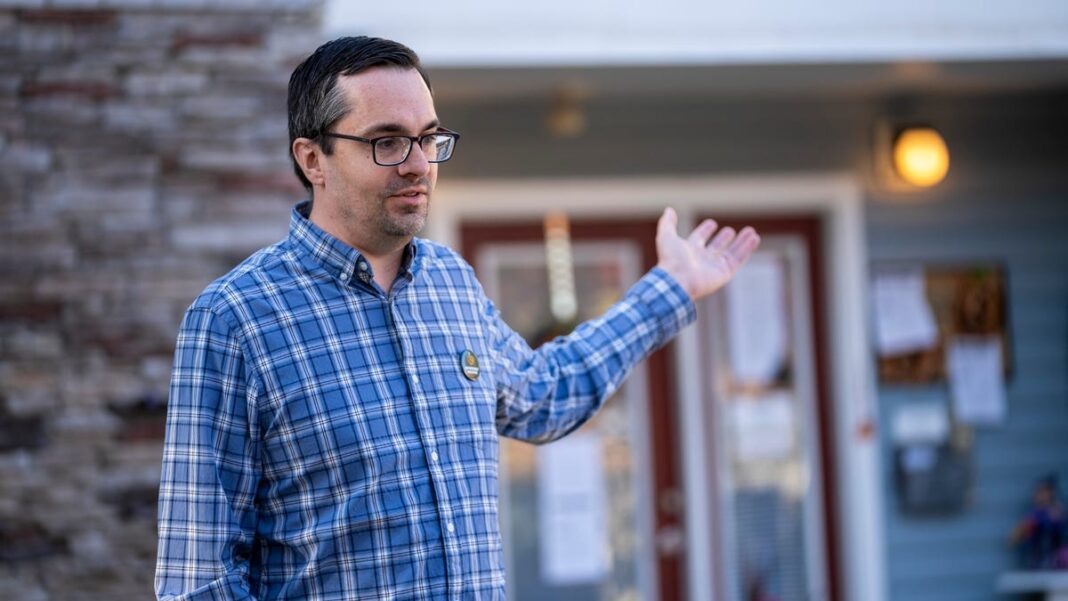Americans still aspire to homeownership, despite climate change
Is the American Dream fading away?
With the immense costs incurred from two major storms that struck the Southeast in October and the rising expenses related to property insurance and taxes impacting millions across the nation, it may seem as though climate change is delivering a devastating blow to homeownership.
Yet, many Americans are still eager to pursue homeownership. According to data from the Census Bureau released on Tuesday, the U.S. homeownership rate held steady at 65.5% in the third quarter, which aligns closely with the 20-year average of 66%.
Tara Sinclair, director of the Center for Economic Research at George Washington University, points out that for many, owning a home remains a long-term objective. Despite current conditions, homeownership is still likely to be a better investment than renting for many Americans.
“We are still navigating a unique situation caused by the pandemic,” Sinclair stated. “It’s remarkable how many challenges have come together.”
The effects of the pandemic, FOMO, and inflation
Many recall the highs of 2020-2021, when historically low mortgage rates and fears of missing out (FOMO) propelled the homeownership rate to its peak in over a decade. However, the subsequent inflation surge has had an equally dramatic effect, according to Sinclair. Mortgage rates skyrocketed, home prices increased, and a boom in apartment construction made renting significantly more economical. For much of this year, financial calculations favored renting.
Meanwhile, natural disasters have prompted the insurance industry to consider climate risks in their pricing models. In some areas, homeowners insurance premiums have nearly doubled in the past five years, while in others, private insurance options are non-existent.
Now, homeowners face decisions ranging from crucial – should I rebuild? – to practical – can I keep up with my monthly payments?
However, these considerations may not fully represent the complexities of choosing between renting and owning, Sinclair suggested. For many, locating a home to buy and securing financing can be daunting. Home sales have dropped to a 14-year low, and the limited number of available listings can drive up prices. Most current buyers are those who must move, typically targeting the higher-end market, free of mortgage constraints.
The aspiration for homeownership remains strong
Over the years, the American economy has increasingly pushed risk onto individual households. This shift mirrors the transition from traditional corporate pensions to 401(k) plans for many Americans, which require individuals to save and manage their investment portfolios themselves. In the housing market, this translates to encouraging more people to become homeowners rather than leaving maintenance and other risks to landlords, Sinclair highlighted.
Despite the challenges and expenses that come with homeownership, consumers often seize opportunities for more affordable options. In September, as mortgage rates dipped to their lowest in nearly two years, applications for mortgages increased for four consecutive weeks.
“What will occur once interest rates stabilize at a new norm?” Sinclair pondered. “Will those with low mortgage rates become sellers, creating a surplus of homes on the market? We are currently observing whether this is a permanent alteration or just a temporary disruption stemming from the pandemic.”

